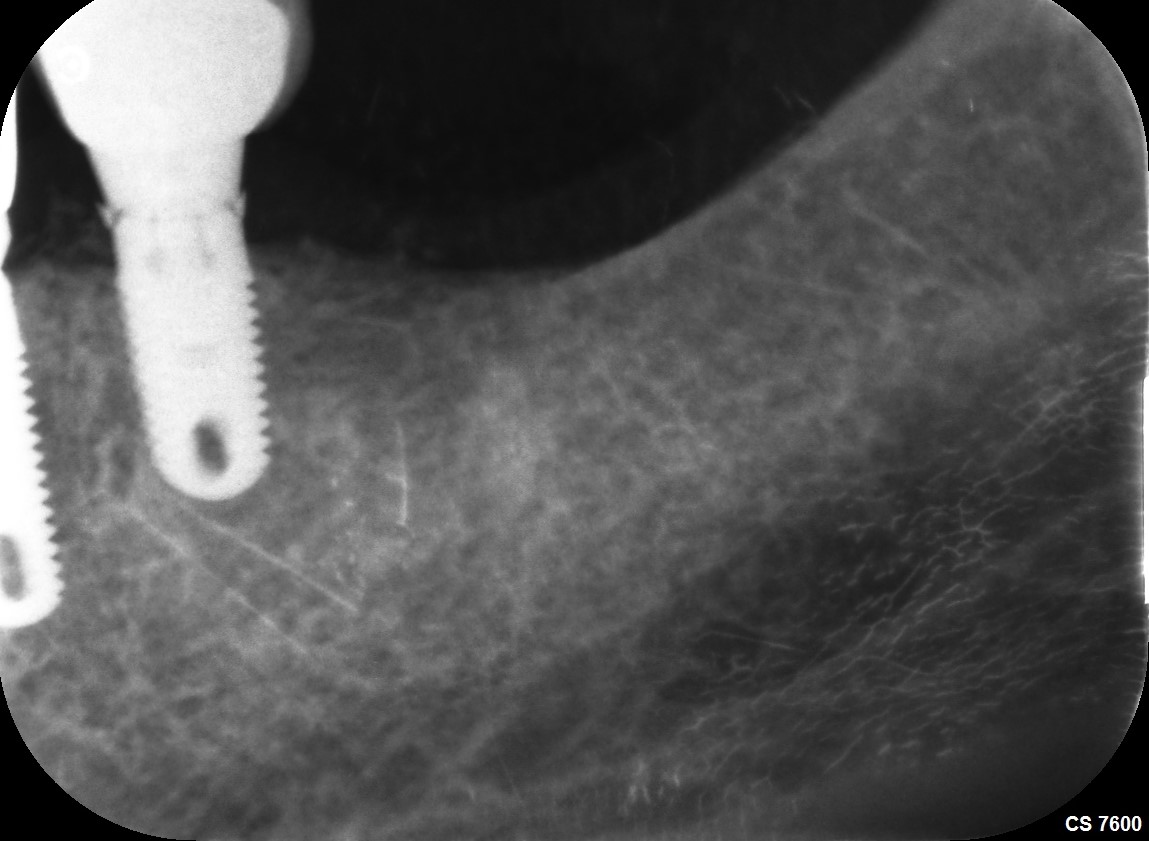When Should I Plan for Indirect Ceramic Restorations?
Dr. B. asks:
I recently stopped doing amalgam restorations. I am trying to be ethical about the diagnosis and treatment planning for premolars and molars that require wide or complex Class II restorations. My understanding is that the rule of thumb is that if the cavity preparation at the isthmus is greater than one third the distance between the buccal and lingual cusps then I should plan for an indirect ceramic restorations. Is this what everyone else is doing? I do not want to be outside the normal or customary treatment planning guidelines. I am still new to this area. I do not want somebody coming back and saying that my treatment plan should have been more conservative. Any thoughts?
2 Comments on When Should I Plan for Indirect Ceramic Restorations?
New comments are currently closed for this post.
mike stanley, asst.
1/27/2009
I would also look under magnification or with intraoral camera for fracture lines, craze lines, abfractions & wear. These may steer your treatment plans toward full coverage instead of partial coverage or direct composites.
dr rajesh gadekar,india
9/8/2009
the first thing is that there is no thumb rule for cavity cutting in aeshtetic cosmetic dentistry.we are not in favour of extention for prevention but we beleive in extension for convineince.more u extend more it is complicated due to more dentin exposure.it is better to go for magnified view for fracture lines . second thing is indirect method is always preferable in such cases,as u need well polished margins,contact point & occusal surface.but make sure that u will hv to invest more time ,efforts n ,lab fee,and more expenses at luting,imression,temporising materials.so if u are getting paid in that way u should go for indirect method.

















